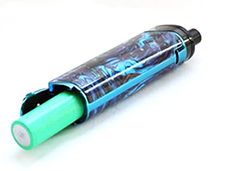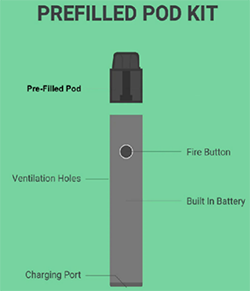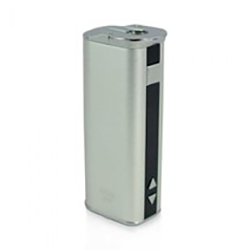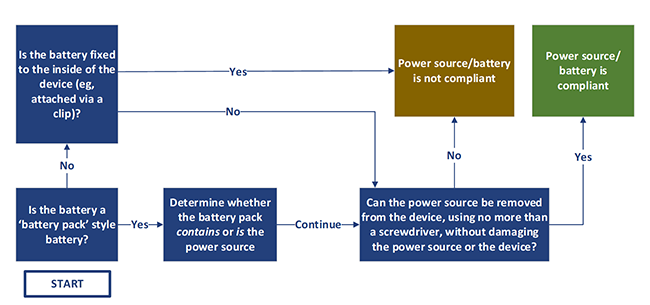The 2023 amendment to vaping regulations introduced a new requirement that all vaping devices must have a removeable battery. A removeable battery means a battery that can be inspected, removed and replaced, without damaging the battery or the device, by a person using no more than a screwdriver.
What has changed
From 21 December 2023, retailers, distributors, New Zealand manufacturers and importers must only sell single-use vaping products that contain removable batteries.
From 1 October 2024, retailers, distributors, New Zealand manufacturers and importers must only sell reusable vaping products that contain removable batteries.
The Regulations
The Smokefree Environment and Regulated Products Regulations 2021 (The Regulations) describe a battery as:
in relation to a vaping device, includes 1 or more batteries or battery packs used at the same time to power a vaping device.
The Regulations require that a vaping device’s battery must be removable without damaging the battery or the device, using no more than a screwdriver.
This is so batteries can be easily inspected for overheating, swelling, or damage, and be replaced if necessary. This is to help users avoid injuries caused by batteries malfunctioning and exploding or catching fire.
What is a battery
The simplest definition is that a battery is a container consisting of one or more cells (or units), containing chemicals that undergo a reaction to produce electricity and used as a source of power. Batteries can also be referred to as a ‘power source’.
Pod-style devices
For these types of devices, the requirement of having a removable battery depends on whether the battery pack contains the power source (ie, is an extra plastic case around a separate lithium-ion battery), or is the power source (ie, it is a container with cells containing the chemicals that react together to produce electrical energy). Please refer to the examples below.
If the battery pack contains the power source, then for it be a removable battery under the Regulations it needs to be able to be opened so that the batteries inside can be removed and inspected.
If the battery pack is the power source, then for it be a removable battery under the Regulations it needs to be able to be removed from the rest of the vaping device.
A flow chart showing determining compliance is described in Figure 1.

Example 1 shows a regular battery in a single-use vaping product. The battery is not fixed to the inside of the device (ie, attached via soldered wires), and removal or release of the base cap allows the battery to be fully removed from the vaping device.
The Ministry would consider this device compliant as the battery is easily removable without damaging the battery or the device.

Example 2 shows a single-use vaping product that appears to be completely sealed. There isn’t a removable cover to access the battery, even with the use of a screwdriver. The Ministry would consider this device non-compliant

The battery in example 3 would not be compliant in a vaping device as the wire connecting it to the vaping device is soldered onto the battery. Complete removal of the battery from the device would damage the battery and the device.

The battery in Example 4 is built into the base of the device. The battery cannot be removed from the base with just a screwdriver and without damaging the battery or the device, and therefore would be considered non-compliant.

The battery pack in Example 5 may be compliant as it appears to be the power source for a vaping device. The battery pack can also be easily removed from the rest of the device by unscrewing it.
However, a definitive determination can only be made with a schematic of the battery pack, to assess whether the battery pack is the battery.
Figure 1 - determining compliance of removable batteries in pod-style vaping devices.

The flow chart helps the reader determine whether a battery in pod-style vaping devices can be considered removable.
The reader should first determine whether the battery is a ‘battery pack’ style battery.
If yes, the reader should determine whether the battery pack contains the power source as separate units. Or is the power source, there are no separate units that could be removed from the battery pack.
The next question is “can the power source be removed from the device, using no more than a screwdriver, without damaging the power source or the device?” If yes, then the power source is compliant, and if not, then it is not compliant.
If the battery is not a ‘battery pack’ style battery, then the reader should determine whether the battery is fixed to the inside of the device, for example, with the use of a clip.
If yes, then the battery is not compliant.
If not, then the reader should determine if the battery or power source can be removed from the device, using no more than a screwdriver, without damaging the power source or the device?
If yes, then the power source is compliant, and if not, then it is not compliant.
